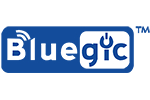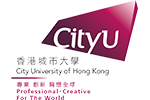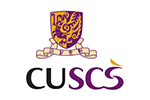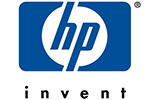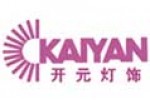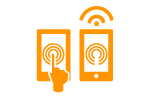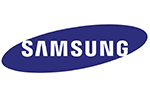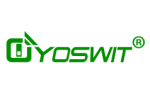Technology - Android (English Only)
Android uses a Java-based language. Eclipse is the common IDE used through the ADT Plugin, which fully supports Android development. Though Eclipse is commonly used, it is still a difficult system for some to learn. The same goes for XML (which adds another layer of complexity when working with the UI), especially if you are used to CSS for design. The NetBeans IDE is another supporting platform that can also be used via a plugin. Developers can use any text editor to edit Java and XML files, which they can pair with command line tools to develop and debug Android apps and control Android devices.
Android has a 70.1% market share (as of the end of 2012), creating a higher demand for the apps. The number of tools at the developer's disposal and the availability of forums and other online support systems prove that Android is geared more toward developers being able to create at will. The downside to this freedom is that the quality varies depending on the app, and the developer has very little to hold him/her accountable to any expectations besides that of the customer.
Android SDK
The Android SDK is an amalgamation of different tools that allows anyone interested to develop and manage their applications. Some of those tools include:
- Android Debug Bridge (included with the SDK package)
- Fastboot
- Android Open Accessory Development Kit
- App Inventor for Android
- HyperNext Android Creator
- SDL
- Android APIMiner
Tools like The Simple Project and RFO BASIC! provide needed support and training for novices.
Comparing Android and iOS
One of the biggest benefits to developing apps for Apple is the ease of Xcode. Get a MacBook and install it, and suddenly you can begin writing and installing apps. Android isn't that simple.
One of the main differences in developing apps for Apple is interface construction. When working with a fragmented ecosystem such as Android, you have to take into account all the various types of devices that run Android; with iOS, there are only two resolution scales to take into consideration.
Outside of the comparison between these two systems is HTML5, which allows developers to write apps that are more efficient and faster than Flash apps of yesteryear. HTML5 apps have a lot of benefits over native apps, but they should be used with caution for the time being due to their lack of web standards and missing libraries.
Both systems provide tools for development and distribution. Both have markets that are central to whatever the developer would like to provide in the way of applications. Both languages are being adjusted for cross-development platforms.
In conclusion, while Android offers more opportunity, Apple may offer better checks, which assure quality and distribution. Basically, a developer needs to consider which option best suits the application they intend to create and not worry about answering the flawed question of which mobile OS is better.
聯絡我們
- 香港新界沙田香港科學園科技大道西5號企業廣場3樓315A室
- (852) 3119 8777
- (852) 3119 8778
- info@lincogndesign.com
- http://www.lincogndesign.com
辦公時間
- 星期一至五: 上午9時至下午6時
- 星期六、日及公眾假期: 休息
版權所有 不得轉載 © lincogndesign.com 2004 - 2025 網站地圖 | 私隱政策 | 服務條款







